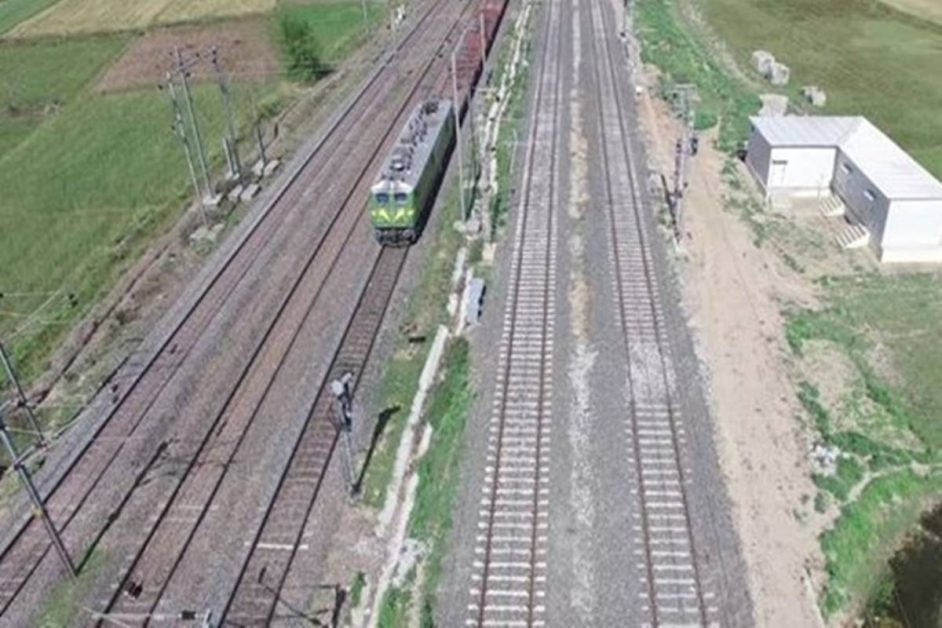It is undoubtedly true that the government of India’s Dedicated Freight Corridor (DFC) initiative has managed to increase Indian Railways’ time efficiencies and predictability around cargo movement, however, a factor holding it back is the cost involved to use the DFC. Stakeholders like container train operators and port players using the DFC, have made suggestions to rationalise tariff for the services, with the aim attract more consumers on to the railway network. APM Terminals, a unit of Danish shipping giant Maersk, is seeking the rationalisation.
For instance, the APM Pipavav (Gujarat), using road and rail on the WDFC, provides easy access to the markets of northwest India the largest sea food export belt in India, while minimising the time taken for transporting goods from the coast to the hinterland.
“Today, our trains from Khatuwas (close to Haryana-Rajasthan border), arrive at our port in less than 24 hours. It used to take 3-4 days earlier,” – Girish Aggarwal, Managing Director (APM Terminals Pipavav)
Even though the rail link between Pipavav and WDFC has a direct electrified access, existing and potential consumers are still hesitant to use the rail link services due to higher costs. Aggarwal anticipates that once the rail link is made easier on the pocket, a lot of freight movement will be shifted from road to rail. Hinterland connectivity from cities like Delhi, Sonipat and Panipat is currently based on road network, but the situation can be successfully changed if rail freight charges on the DFC are reduced.
“Rail is more expensive than road in the light cargo category. This is because charging is done directionally in road. So light cargo in export direction on road is cheaper than the rail route,” – Manish Puri (President, Association of Container Train Operators)
According to Puri, utilizing double stacking technique can decrease the cost per container by roughly 25%. This makes rail transportation more cost-effective than road. However, the weight limits imposed currently hinder the extent to which double stacking can be employed. Puri suggested that this issue needs to be resolved for efficient implementation of double stacking.
The Dedicated Freight Corridor Corporation of India (DFCCIL) responded to the tariff suggestions by saying that the DFC follows the same tariff as what the Indian Railways decided for conventional rail traffic.








